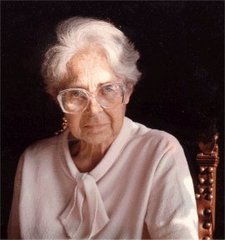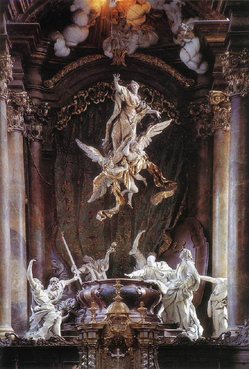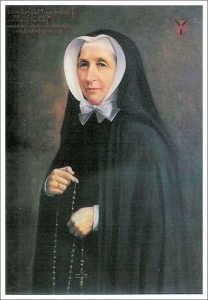Restoring unity among all Christians: Unity in Diversity, Diversity in Unity
by Fr. John J. Keane, SA
Ecumenism refers to “the restoration of unity among all
Christians.” It comes from the Greek word oikoumene meaning the whole inhabited earth and is inspired by
Jesus’ prayer to his father, “that they may all be one” (John 17:21). Unity is
seen as a gift from God that we already have, but that we must realize and
accept. Christians have been encouraging common prayer, often referred to as
spiritual ecumenism, since the 17th Century as a means to achieve unity. The
Second Vatican Council’s Decree on Ecumenism called “prayer the soul of the ecumenical movement”
and called the “reconciliation of all Christians in the unity of the one and
only Church of Christ” a “holy objective.”
The Catechism of the Catholic Church encourages ecumenism and urges dialogue among
theologians and meetings among Christians of the different churches and
communities and collaboration among Christians in various areas of service to
mankind as expressions of Christian unity (820-822).
In Working for Unity,
Fr. Emmanuel Sullivan, SA and his co-author Dennis Rudd write, “It cannot be
said too often that the quest for unity does not imply a need, nor even a
desire, for uniformity. Diversity is a mark of the Holy Spirit…and God, who is
Father, Son and Holy Spirit, is the very model of unity in diversity, diversity
in unity.”





